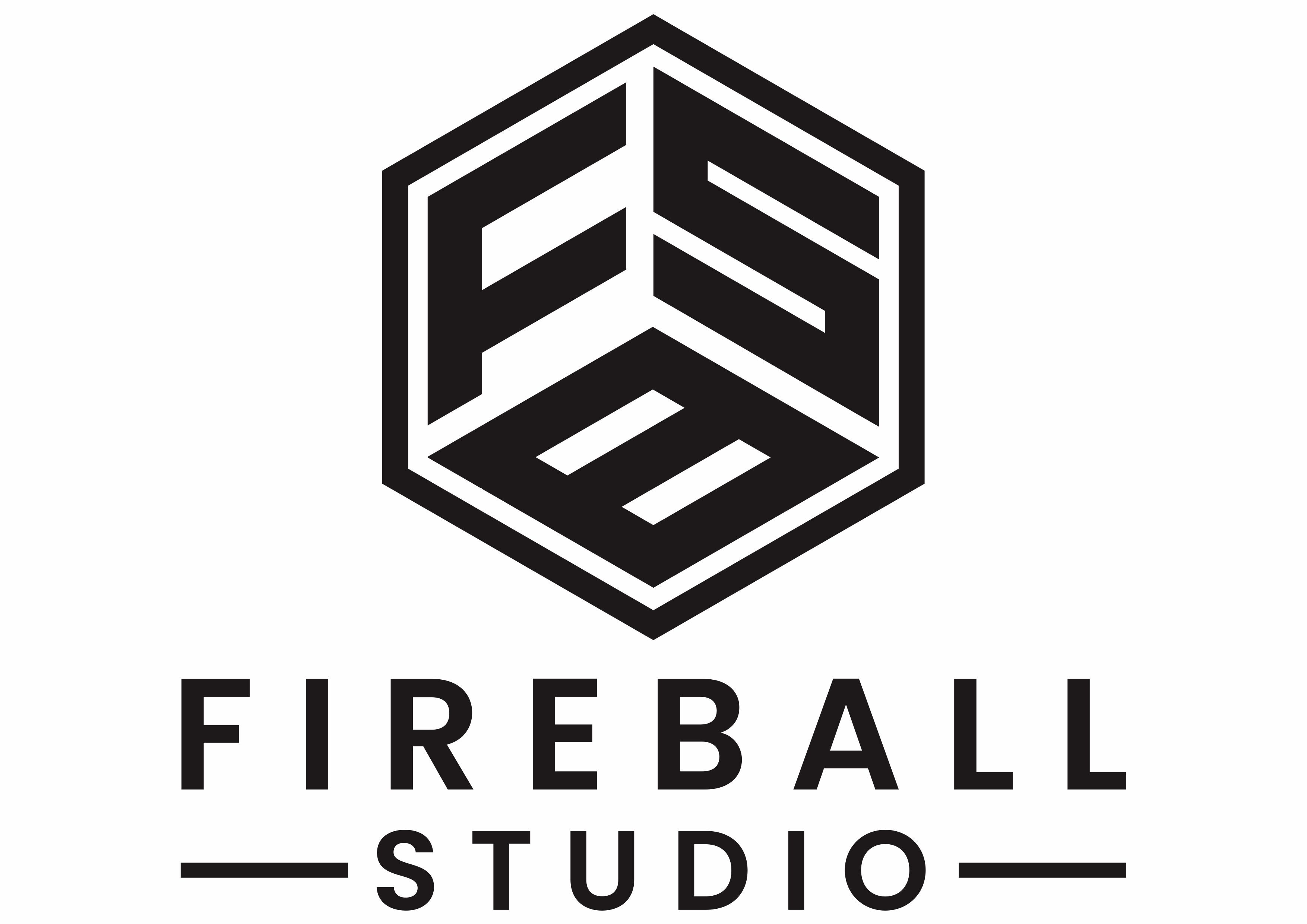Every small practice hits a point where what once worked… doesn’t. Growth slows, chaos creeps in, and the team feels stretched thin even though revenue hasn’t doubled. It’s easy to assume the problem is with marketing, staff, or pricing. But often, it comes down to one core issue:
Unscalable systems.
The truth is that most small businesses, especially in health and wellness, aren’t built for growth. They’re built for survival. Founders patch together tools, workflows, and processes just to get things running. And that’s fine, until you start growing. That’s when the cracks show. And if you’re not paying attention, those cracks can stall your momentum, burn out your team, and quietly erode your profits.
At Fireball Studio, we help practices grow without the growing pains. Our job is to fix the foundational issues that are hiding in plain sight before they break under pressure. Let’s talk about what unscalable systems really look like, and three major red flags to watch for as your business expands.
![]()
What Makes a System “Unscalable”?
A scalable system is one that can handle more volume—clients, services, staff—without breaking down or requiring a complete overhaul. It’s consistent, documented, streamlined, and flexible enough to grow with you.
Unscalable systems, on the other hand, are:
- Overly manual: They rely on people instead of process or tech.
- Inconsistent: Every staff member has their own way of doing things.
- Held together with workarounds: You’re constantly duct-taping together software, spreadsheets, and emails.
The problem with unscalable systems isn’t just inefficiency. It’s risk. As your business grows, the weight of those flawed systems multiplies. What was once “fine for now” becomes a bottleneck that slows you down, or worse, burns you out.
Red Flag #1: Your Growth Creates More Stress Than Revenue
When your practice grows, it should get better, not just busier.
But if more clients mean longer hours, more mistakes, and constant firefighting, you don’t have a growth strategy. You have a capacity crisis. And that’s a red flag.
I worked with a mental health practice that expanded from three to six providers in six months. On paper, that’s a win. But behind the scenes, they were drowning. Their intake system couldn’t keep up, scheduling conflicts became routine, and billing was weeks behind. Growth had exposed every inefficiency in their system.
We fixed it by mapping out their workflows, implementing automation where it made sense, and centralizing intake and billing. They didn’t need more people. They needed better systems.
If growth feels like pressure instead of progress, your foundation needs work.
Red Flag #2: Staff Are Constantly Reinventing the Wheel
When a team doesn’t have clear systems to follow, they make up their own. That leads to confusion, duplication, and inconsistency in client experience.
Some signs of this is happening:
- You find yourself saying, “Wait, how are we doing that now?”
- One admin knows how to do everything—and no one else does
- New hires take months to onboard because nothing is documented
- Providers spend more time on admin tasks than actual care
This isn’t a people problem. It’s a systems problem. Your team is doing their best, but without Standard Operating Procedures (SOPs), consistency goes out the window.
Scalable practices don’t rely on memory or verbal instructions. They rely on documented, repeatable processes that anyone can follow. That’s what creates resilience, especially during staff transitions or periods of fast growth.
Red Flag #3: You’re Still Relying on Spreadsheets and Patchwork Tools
I love a good spreadsheet. But there’s a time and place.
If you’re still:
- Tracking payments in Excel
- Manually confirming appointments by phone or email
- Using multiple platforms that don’t sync
- Losing time transferring data between systems
…it’s time to upgrade. Manual work isn’t just slow, it’s error prone. And errors in billing, documentation, or client communication cost you time, money, and trust.
I often find that practices are paying for software they’re not using or using the wrong tools entirely. A quick tech audit can uncover gaps and opportunities to streamline with automation, better integration, or smarter platforms.
One of the simplest wins I’ve seen was when a client moved from a DIY spreadsheet-based billing system to a platform with auto-eligibility checks and batch claim submission. Denials dropped, time spent on billing was cut in half, and they got paid faster.
What Scaling Really Requires
Scaling a health practice doesn’t mean “more clients, more chaos.” It means building a business that can handle growth without drama.
That requires:
- A clear operational strategy
- Automated or streamlined workflows
- Documented SOPs and staff training
- Tools that talk to each other
- Systems built with future growth in mind
This isn’t about perfection. It’s about preparation. The sooner you build systems that support your future goals, the smoother your growth will be.
Ready to Future-Proof Your Business?
If you’re starting to feel the strain. Or want to avoid hitting a wall. We can help.
At Fireball Studio, we work with health and wellness practices to redesign their systems for sustainable growth. We look at what’s working, what’s not, and what needs to evolve so you can scale without chaos.
You don’t have to keep patching things together. You can build something solid, smart, and scalable. We can help you get there.
